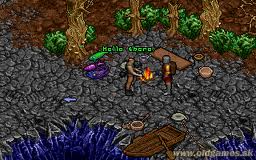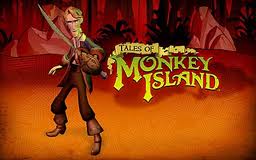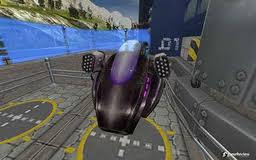This Swiss scientist plunged, in bathyscaphe, into the deepest part of the Pacific Ocean.
With US Navy officer Don Walsh, he broke a record of descent, reaching 10 910 m deep in the Marianas Trench, the deepest underwater valley.
Learn more:
- Marco Polo was only 17 when he began the difficult journey from Europe to China.
- Livingstone was the first European to see Victoria Falls in Africa.
- In 1863 John Hanning Speke proved that the Nile had its source in Lake Victoria.
- In 1969, two American astronauts, Neil Armstrong and Edwin Aldrin, set foot on the moon.
- The brothers Verendrye two Frenchmen, are probably the first Europeans to see the Rockies, around 1740


























0 commentaires:
Post a Comment